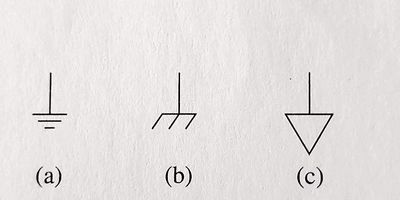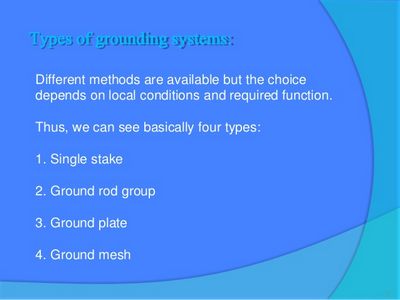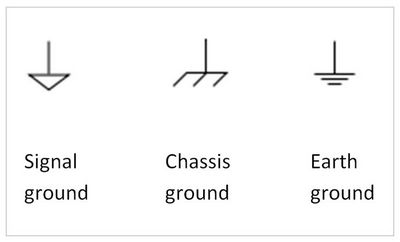A grounding system is a type of electrical system that helps prevent a dangerous situation from happening.

It uses a series of conductors to make sure that a part of your electrical system is not in danger when it is not in use. When the system is in use, the conductor that is in the lowest level will be grounded, while other conductors are protected.
In a typical electrical system, a grounding system or earthing system connects certain parts of the installation to the earth’s protective surface for proper operational and safety purposes. The common point of connection for most types of grounding systems is the earth. If the system is grounded at a house’s foundation, then a home is considered to be grounded. This is because if the earth does not move, then the electric current will continue and will not go out of control.
A grounding conductor connects electrical devices and the earth.

However, there are different types of grounding, depending on how you install the system.
Grounding electrodes are commonly used in conjunction with a grounded conductor, where a conductive probe is placed in a particular location. The electrodes are connected to the ground by a cable and are often connected to the main household electric supply. This means that when the power comes into the house, all the appliances and electrical devices will be powered up and in working order.
Grounding plates are similar to the electrode type, except that the probes are placed above or below the ground. If the earth is moving, it will keep the electrical current from being interrupted.
Grounding wires are another form of grounding system and are used to connect some electrical equipment to the house’s main supply. It is usually done in case there are problems with a connection, especially if it is over a long distance.
While the above two are very common, there are many more types of ground wire that can be used to maintain the electricity running in your home.

The following is a list of the most common types of ground wire.
Most manufacturers will provide all the information you need about the types of grounding wire that they sell. To ensure that you do not end up buying the wrong type of grounding wire, it is important that you check the labels for the products to make sure that you get what you are looking for. You should also read about the different types of grounding system before you purchase them, so you know which one will work best for your electrical needs.
Static Electric Field: A static electrical field is one that keeps electric charge from escaping, instead of allowing it to move freely around the outside of the home. This ensures that the electrical currents that flow into the house remain stable. It will prevent electrical shocks and protect you against fire hazards.
Grounded Conductor: The grounding conductor connects the household supply to the house’s earth.

It is usually a metal pipe, which has been welded tightly to the main household supply pipe. If the ground wire is connected directly to the main supply, it is known as a grounded conductor.
Magnetic Field: This type of field will create an electrical current that flows through the house. This current is produced by the earth’s magnetic field. This creates a steady flow of current that will not move around the house.
Plastic Electrical Induction: A plastic induction coil is a device that is designed to transfer an electrical current between two points, by using magnetic energy. This type of conductor is very popular, since it is easy to install and it works perfectly.
You can find a lot more grounding systems online. Just do a little research, and you will find that there is a wide range of different types of grounding systems that you can use.